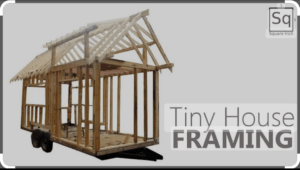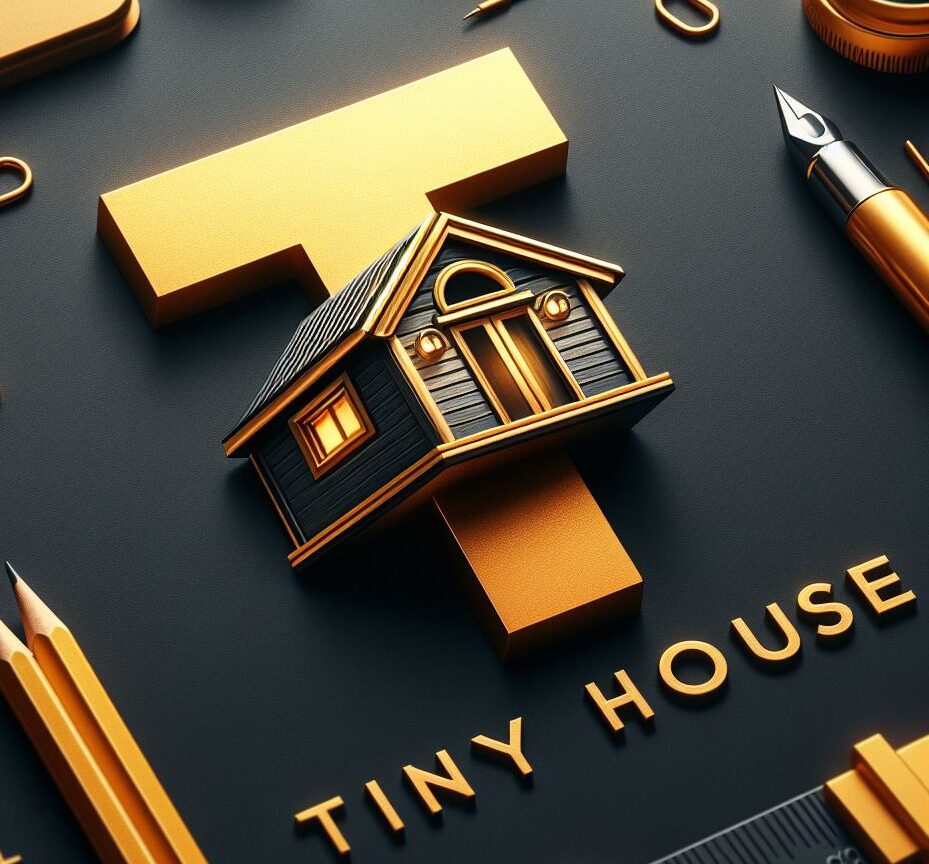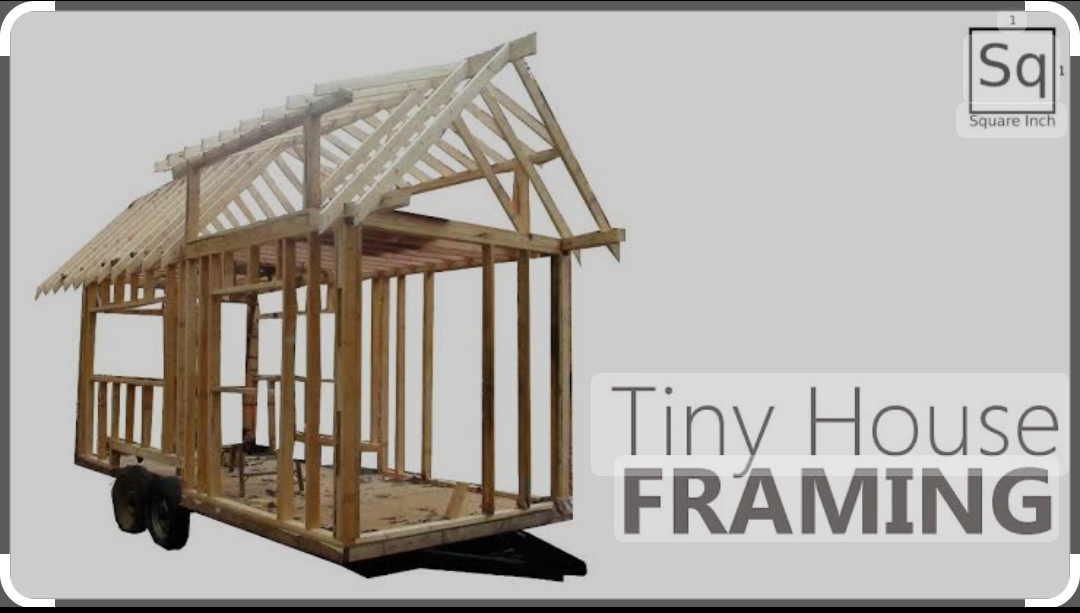
I’m going to kick things off by showing you how to make the most out of your tiny home with some smart design decisions. Believe it or not, you can live large, even in the smallest of spaces. It’s not just about downsizing your belongings; it’s also about clever design. Here’s how you can keep your tiny home functional, stylish, and surprisingly spacious.
First up, let’s talk multi-functional furniture. This isn’t your average sofa or coffee table. Think of a sofa that transforms into a bed, a dining table, or even offers hidden storage compartments. Utilizing furniture that serves dual purposes will save you an immense amount of space. Another ingenious idea? Murphy beds. By day, they’re tucked away, offering you extra room to move. By night, they provide a comfortable sleeping area. It’s the ultimate space-saving solution.
Now, you’re going to find out about the magic of vertical space. That’s right, the space above you is just brimming with potential. Installing shelving units can help keep your belongings organized and off the floor. And don’t overlook the charm and functionality of a lofted bed. It’s not only a cozy retreat but frees up the floor space underneath for a seating area or an office. The key here is to look up and take advantage of the vertical real estate.
And then there’s storage. But we’re not just talking any storage; we’re talking creative storage solutions that blend seamlessly with your tiny home’s aesthetic. Imagine a staircase where each step is a drawer or a cubby. Or how about panels or artworks on the wall that flip open to reveal shelves or compartments? These solutions not only keep your tiny home tidy and organized but also add a unique touch to your living space.
Harmonizing with Nature: Eco-Friendly Tiny Home Builds
If you’re considering joining the tiny home movement, you’re likely also thinking about your environmental footprint. Eco-friendly construction isn’t just a trend; it’s a commitment to living sustainably. And when it comes to tiny homes, your impact on the environment can be significantly reduced from the ground up.
Start by selecting materials that have had previous lives. Reclaimed wood not only tells a story but also reduces the demand for new timber. Sustainable materials like bamboo, cork, and recycled metal can save precious natural resources and reduce waste. These choices contribute not only to the durability of your tiny home but also to its unique character and charm.
Energy efficiency is another cornerstone of eco-friendly tiny homes. Solar panels are a popular choice, enabling owners to harness the sun’s energy for their electricity needs. But it’s not just about power. Collecting rainwater can minimize water usage, providing a source for irrigation or even plumbing after proper treatment. Green roofs, covered in vegetation, contribute to insulation and reduce runoff.
Lastly, consider waste management systems such as composting toilets. These not just alleviate the need for a sewage connection but also transform waste into useful compost for gardens. It’s an excellent example of a circular approach to resources, one that is in harmony with ecological principles.
All these elements not only reduce your environmental impact but can also offer financial savings in the long term. It’s a win-win for both you and the planet. As you think about these eco-friendly aspects, it’s also important to envision how modern technology can further optimize your tiny home living experience, which is what I’ll be talking about next.
High-Tech Tiny Homes: Smart Solutions for Small Living
You might think that a tiny home means compromising on modern conveniences, but that’s far from the truth. In fact, shrinking your living space can actually lead to some pretty ingenious technological integrations.
First up, let me tell you about the wonders of home automation in a tiny house. Imagine controlling lighting, heating, and security with the tap of a smartphone. It doesn’t just save space; it also makes your petite palace incredibly efficient and responsive to your needs.
Next, we’re going to look at appliances. Just because they’re smaller doesn’t mean they’re less capable. Today’s market offers a range of compact and energy-efficient options that fit beautifully in a tiny home environment. From fridge drawers to combo washer-dryers, these gadgets are designed to maximize your comfort and convenience without eating up precious room.
Finally, the true beauty of technology in tiny homes isn’t just about the gizmos and gadgets. It’s about enhancing the way you live. With the right tech, your tiny home can be as connected and modern as any smart home, proving that size really isn’t everything when it comes to high-quality living.
To wrap things up, integrating smart tech into your tiny home isn’t just a cool feature – it’s a game-changer. It allows for a living space that is not only compact but also sophisticated and in tune with your lifestyle. As you embark on your tiny home journey, embrace the advancements that can make your small space a giant in smart living. Remember, your first attempt doesn’t need to be your last – you can always tweak and improve as technology evolves. Choose solutions that resonate with you, and enjoy every square foot of your high-tech tiny haven!


Hello ,your article provides fantastic insights for making the most of a tiny home. From multifunctional furniture to creative storage solutions, you offered ensure that small spaces can be both stylish and highly functional. Plus, your emphasis on eco-friendly construction and smart technology integration makes tiny home living both sustainable and modern. Thank you for sharing.
Hello Ela yes there is a broad variety of construction materials readily available for those “do it yourselfers” as well as both small and large construction companies. We provide options which suits the needs of every individual according to their style and likings.
I’m definitely in the tiny-home movement. I live in a very small apartment in Tokyo where every square centimetre counts. Japan is just waking up to flexible furnishing alternatives following western trends. But mostly here, we live in tiny spaces, which is quite difficult for me because I’m rather larger than my Japanese partner and friends. But I’ve adapted.
Do you know about beds here in Japan? Most people use a futon—a foldable mattress—which is brought out of a deep built-in cupboard at night and put away again in the morning. This gives us an extra room during the day.
I’ve lived in tiny places a few times. Once in Cambridge, UK, I had to do a course at the university but couldn’t find any accommodation. So, I pitched my tent and lived there for a year, even in snowy conditions! Perfectly doable.
So yes, I totally approve of your ideas, and your article is a delight to read. Looking forward to intelligent tiny-home appliances.
Thank you for sharing your experiences and insights into living in tiny spaces! It’s fascinating to hear about how you’ve adapted to small living environments, both in Tokyo and Cambridge. Your firsthand experience with flexible furnishing, like using a futon in Japan, is a great example of how space can be maximized efficiently.
Your journey through various forms of tiny living is both impressive and inspiring. It’s clear that you’ve embraced the principles of maximizing space and adapting to different environments, which are fundamental to the tiny home movement. I’m delighted to hear that you enjoyed the article, and I hope you continue to find joy and efficiency in tiny living by intelligent appliances and innovative design solutions.